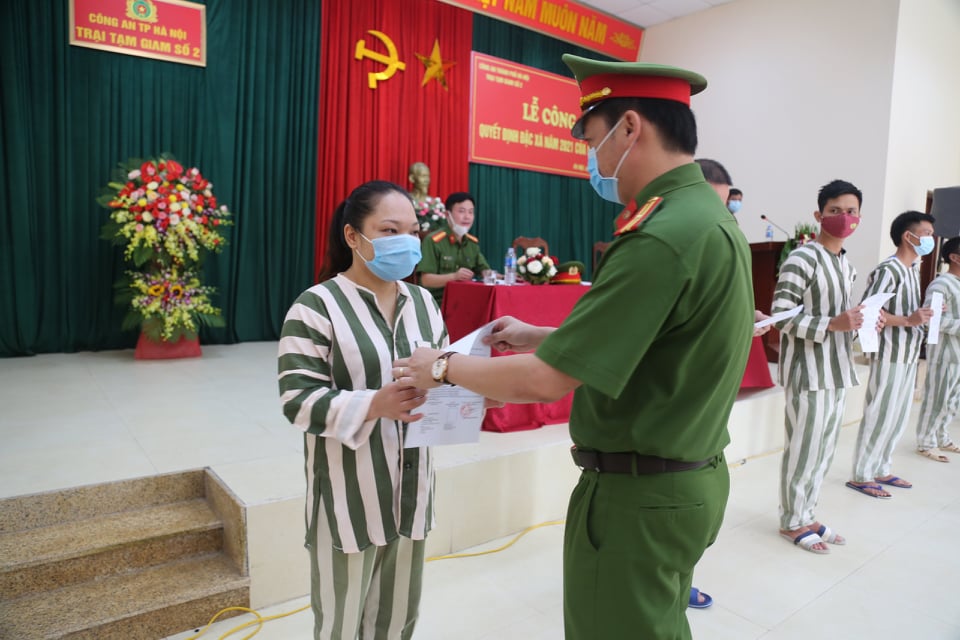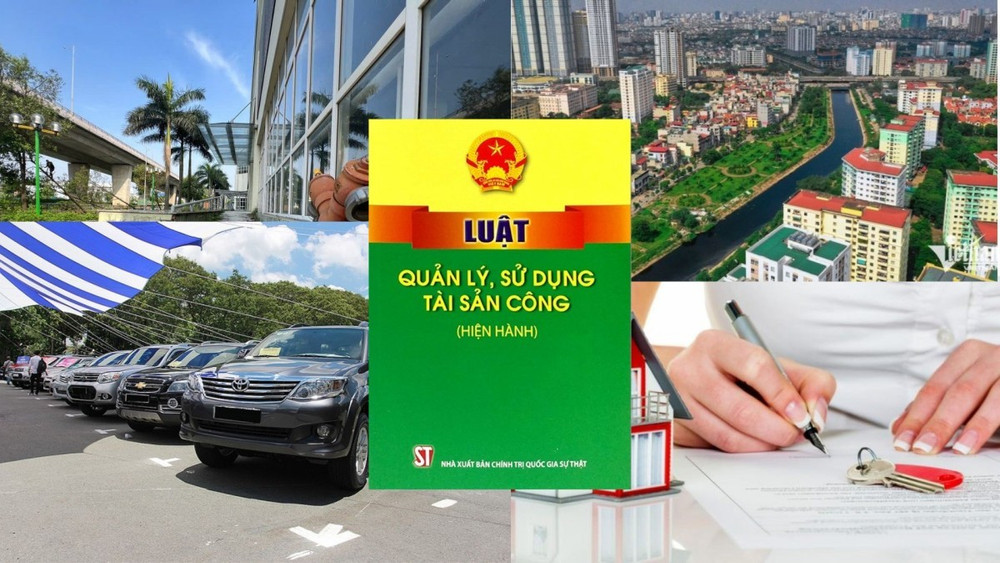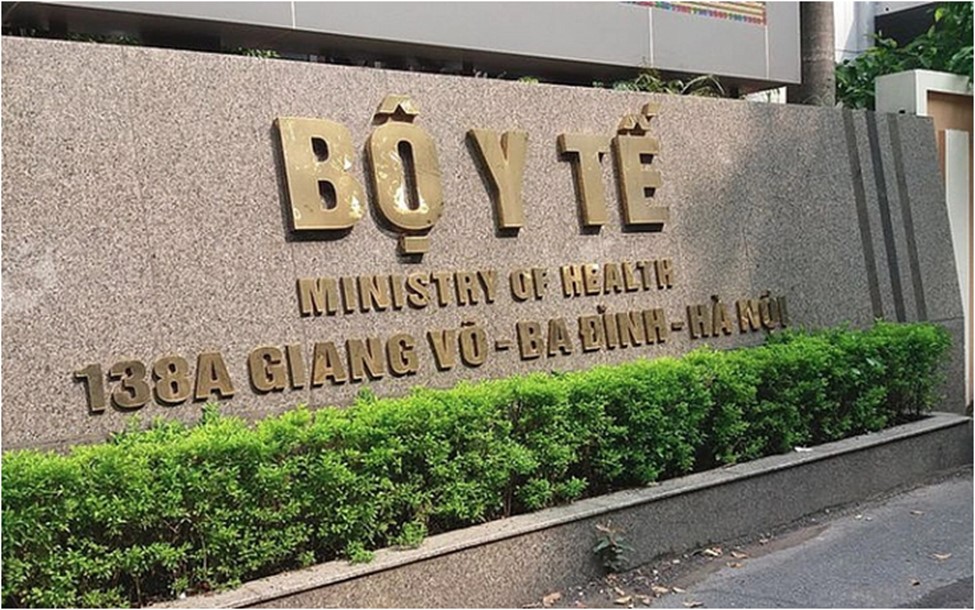Technical regulations on domestic solid waste collection at source in Ho Chi Minh City, Vietnam
The following article discusses the technical regulations on domestic solid waste collection at source in Ho Chi Minh City, Vietnam as stipulated in Decision 63/2024/QD-UBND.

Technical regulations on domestic solid waste collection at source in Ho Chi Minh City, Vietnam (Image from the Internet)
On September 20, 2024, the People's Committee of Ho Chi Minh City issued Decision 63/2024/QD-UBND on the Regulations of domestic solid waste management in Ho Chi Minh City.
Technical Regulations on domestic solid waste collection at Source in Ho Chi Minh City, Vietnam
According to Clause 9, Article 6 of the Regulations issued with Decision 63/2024/QD-UBND, the technical regulations on domestic solid waste collection at source in Ho Chi Minh City are as follows:
(1) Collection vehicles for household solid waste at source (manual and mechanized) must meet the following requirements:
- Requirements for technical safety and environmental hygiene (sealed, no leachate leakage, covered).
- Compliance with the current regulations of the Vietnamese Traffic Law.
- Vehicles must be painted or decorated with reflective decals (for vehicles operating at night), indicate the managing unit's name, and be equipped with warning lights at night.
- Adherence to the timetable for the application of the standardized technical collection vehicle models across the city to serve the program of household solid waste classification at source as issued by the City People's Committee.
(2) Time for the transfer and collection of household solid waste at source:
- Ensure effective connection between the collection work at source and the transportation of household solid waste, and maintain urban cleanliness and aesthetics.
(3) Method of transferring household solid waste:
- Individuals, households, and waste sources transfer directly or place household solid waste in bags (packaging) or storage devices (bins) in front of houses/facilities awaiting collection during the specified time (direct transfer method is encouraged).
- When performing household solid waste classification at source, individuals, households, and waste sources transfer (sell, give away) recyclable waste groups to household solid waste collectors or individuals, facilities that purchase recyclable waste or facilities that reuse, recycle, co-process, and process waste according to legal regulations.
- Neighborhood heads organize and report to the local People's Committee to resolve cases where individuals, households (and small waste sources managed like individual households) lack conditions to transfer household solid waste to collectors at the specified time. The local People's Committee determines the time and position for the transfer and concentrated collection of waste for these individuals, households, and small waste sources.
- The volume of the storage bin depends on the number of individuals, households, small waste sources registered for the service and the generated household solid waste volume. These individuals, households, small waste sources must pay a specified service fee similar to other subjects according to the published service fee rates for the collection, transport, and treatment of household solid waste to receive the service. The local People's Committee coordinates with solid waste collectors to collect waste generated at these locations.
- If the collectors do not undertake this task, designated positions for bins are considered solid waste collection points and included in the content of service provision contracts or assignments for the transport of household solid waste at the district level as mandated by law.
(4) Method of collecting household solid waste:
- Collectors must ensure the separate collection of classified waste groups. If collecting multiple classified waste groups simultaneously, collectors must ensure that collection vehicles have separate storage devices for each waste group inside the vehicle; no waste should be suspended or hooked outside the vehicle.
(5) Depending on the characteristics of each residential area,
- Local People's Committees lead and collaborate with waste collectors and representatives of individuals, households, waste sources, and local communities to determine appropriate times and methods for transferring household solid waste in accordance with the area's conditions and state regulations.
(6) Collection frequency at source:
- For densely populated areas and within industrial parks, the minimum collection frequency is once per day. For sparsely populated areas, the minimum collection frequency is 1-2 days per time. Based on the area's population characteristics, actual service supply conditions, and feedback from individuals, households, waste sources, and local communities, local People's Committees stipulate suitable collection frequencies.
More details can be found in Decision 63/2024/QD-UBND, which takes effect in Vietnam from October 1, 2024.
- Key word:
- domestic solid waste
- Vietnam
- Ho Chi Minh city
- Number of deputy directors of departments in Vietnam in accordance with Decree 45/2025/ND-CP
- Cases ineligible for pardon in Vietnam in 2025
- Decree 50/2025 amending Decree 151/2017 on the management of public assets in Vietnam
- Circular 07/2025 amending Circular 02/2022 on the Law on Environmental Protection in Vietnam
- Adjustment to the organizational structure of the Ministry of Health of Vietnam: Certain agencies are no longer listed in the organizational structure
- Vietnam aims to welcome 22-23 million international tourists in Vietnam in 2025
-

- Number of deputy directors of departments in Vietnam ...
- 15:04, 05/03/2025
-

- Cases ineligible for pardon in Vietnam in 2025
- 14:43, 05/03/2025
-

- Decree 50/2025 amending Decree 151/2017 on the ...
- 12:00, 05/03/2025
-

- Circular 07/2025 amending Circular 02/2022 on ...
- 11:30, 05/03/2025
-

- Adjustment to the organizational structure of ...
- 10:34, 05/03/2025
-

- Notable new policies of Vietnam effective as of ...
- 16:26, 11/04/2025
-
.Medium.png)
- Notable documents of Vietnam in the previous week ...
- 16:21, 11/04/2025
-
.Medium.png)
- Notable documents of Vietnam in the previous week ...
- 16:11, 02/04/2025
-
.Medium.png)
- Notable new policies of Vietnam to be effective ...
- 16:04, 02/04/2025
-
.Medium.png)
- Notable new policies of Vietnam effective from ...
- 14:51, 21/03/2025

 Article table of contents
Article table of contents
